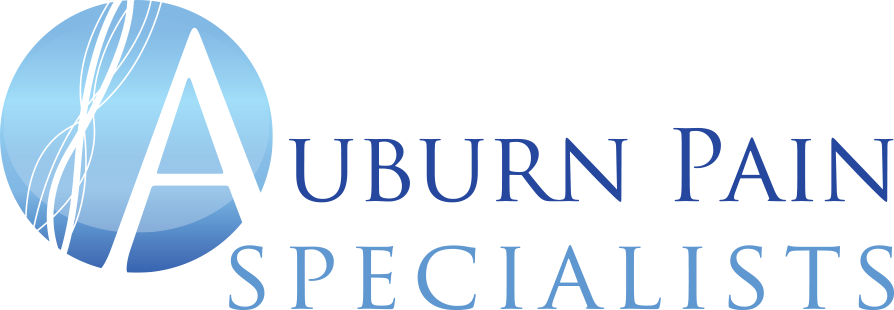Many advanced options are available to treat joint arthritis.
Shoulder and Knee Pain
Pain from the shoulder and knee are most commonly caused by arthritis. Other causes of pain may be related to injuries to the tendons or cartilage structures within the joint. The most often employed method of treating arthritis of the knee and shoulder involves over the counter medications and anti-inflammatory drugs. When these are insufficient an injection of steroids into the joint may provide up to 3 months of relief, or longer, in some patients. The downside to their use is that the steroids are also “toxic” and may cause further cartilage breakdown over time.
If pain continues after the initial treatment of the injury, platelet rich plasma (PRP) may be used to augment healing and reduce pain from the joint. By using PRP to treat osteoarthritis in its early stages, the body’s own natural healing ability is augmented. PRP may also be used as a first-line approach for the treatment of tendonitis, “partial” tendon tears, tendinopathies (swelling of the tendon), and also to heal calcium deposits within the tendon from long-term injury. For treatment of early osteoarthritis of the knee, one injection of PRP has been shown to be very effective with little or no downtime.
Other alternative methods to treating shoulder and knee pain may involve the use of local anesthetic nerve blocks to the specific nerves that supply sensation to the joint. For the shoulder this is called a “supra-scapular nerve block” and for the knee, a “geniculate nerve block.” If patients experience good pain relief from the blocking of these nerves with a local anesthetic, then radiofrequency neurolysis may be used to provide relief for up to 6 to 9 months or longer. When the nerves heal themselves, the procedure may be repeated.

